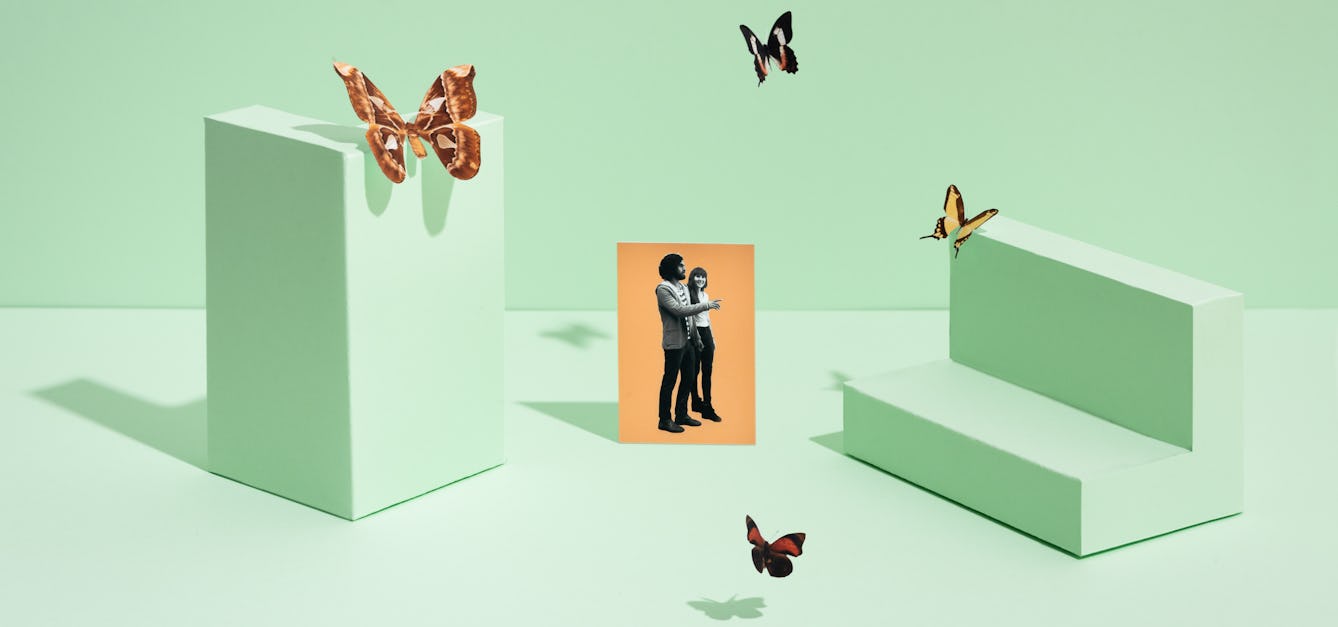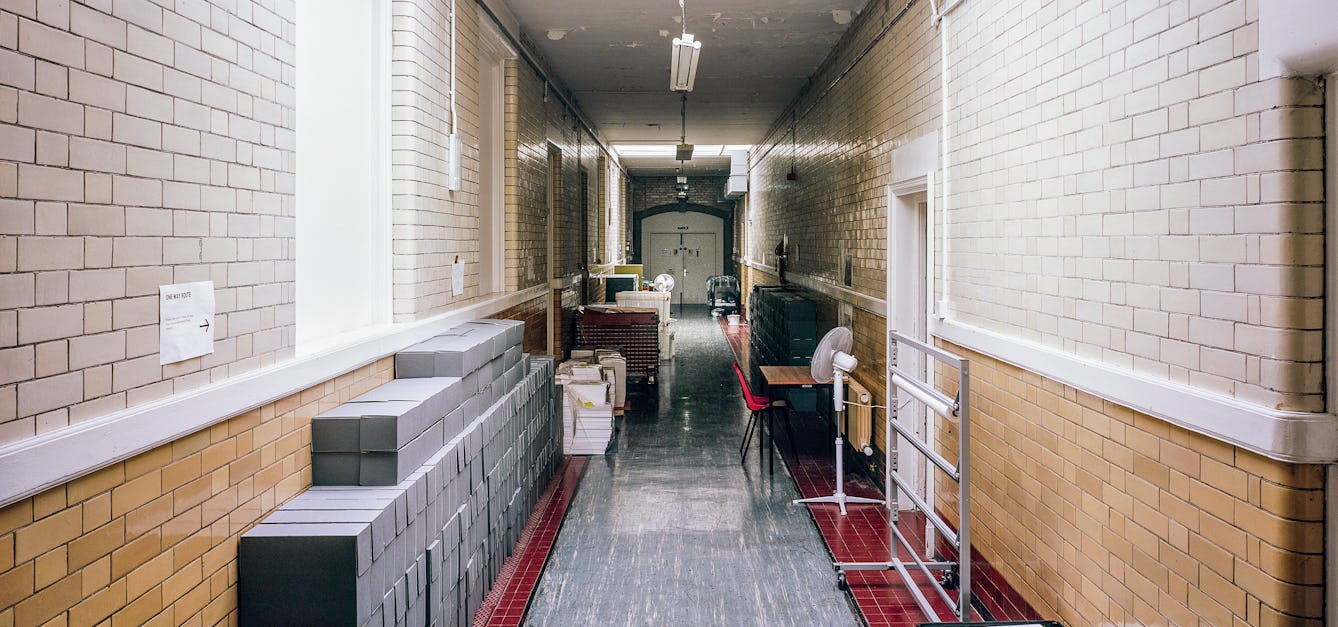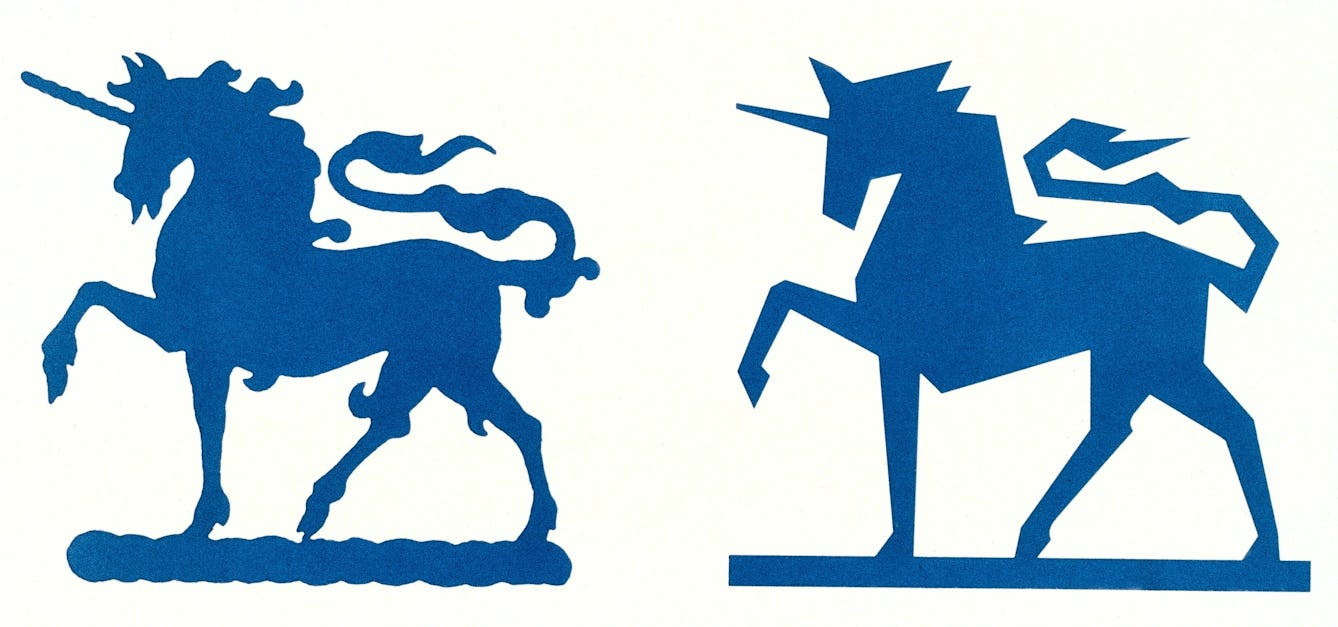Stories

- Article
Beating the bodysnatchers
When a rise in grave robbing called for strong measures, mortsafes became the unassailable solution. Allison C. Meier explores.

- Article
A virtual view of history
Step inside Anne Frank’s house or explore the galleries in a museum destroyed by fire. VR brings history and art satisfyingly close when we’re unable to get there in person.

- Article
A nose through Blythe House
Recently sold and emptied out, Blythe House was once one of the UK’s biggest museum storage facilities. Here, museum worker Laura Humphreys reflects on her relationship with the store’s architecture, objects and aromas.

- Article
The power of unicorns
Discover the unlikely connection between pharmaceuticals and unicorns.
Catalogue

- Pictures
- Online
The levels of hell depicted as circular stone tiers; purgatory lies outside its walls. Engraving.
Reference: 25063i
- Pictures
- Online
Hospital de la Santa Cruz, Barcelona: a stone relief, carved into one of the exterior walls. Photograph.
Reference: 40374i- Pictures
The Anio water conduit, showing how the stone piping is concealed within the city walls of Rome. Etching by G.B. Piranesi, 1756.
Piranesi, Giovanni Battista, 1720-1778.Date: 1756Reference: 2925124i- Pictures
A section of the walls of Aurelian, Rome. Etching by G.B. Piranesi, 1756.
Piranesi, Giovanni Battista, 1720-1778.Date: 1756Reference: 2975144i
- Pictures
- Online
The ruins of the priory of St. Mary Overie, Southwark: a stone wall and timber framework. Coloured engraving, 1791.
Date: 1791Reference: 39387i









